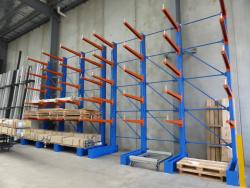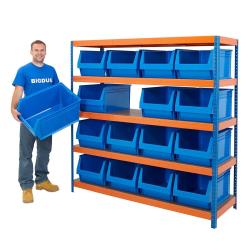Warehouse Storage Equipment: Increase efficiency and reduce mortality
The process of holding objects within the warehouse is only possible with the use of appropriate Warehouse Storage Equipment. This may include items such as storage units, vehicles, and equipment that are actively involved in loading and unloading supplies into the warehouse. Here are some of the main types of content management tools:
Storage device
Storage equipment refers to racks, shelves, pallets, or mezzanines used when goods are temporarily stored and are waiting to be shipped to a destination. The main advantage of using a dedicated pallet or rack is that you can stack and reduce the available footprint. Many large warehouses rely on their packaging system to increase their ability to store large quantities of goods while saving space. Making custom storage devices makes it possible to shape them to match the dimensions of the items usually handled.
Engineer system
The system includes various automation tools that improve the ability to move heavy loads around the warehouse floor. A fully automated storage and retrieval system are one of the most popular designed systems. This system includes a mechanical structure consisting of shelves, aisles, and racks controlled via a shuttle system. The actual shuttle system is a type of cherry picker operated by a fully automated system or one worker. This is a speedy and efficient way to find and retrieve items in a large warehouse. Other similar equipment includes motorized guided vehicles, robotic delivery systems, and conveyor systems.
Material Handling Equipment
Material Handling Equipment can be custom-made in any shape or form for any application. Material handling equipment is used to transport, stack, collect, and supply bulk materials.
With the right selection of material handling equipment suppliers and the proper design of material handling systems and facility layouts, you can increase productivity and reduce investment and operating costs. When deciding which material handling equipment to use, it is essential to keep in mind the general characteristics of the equipment types available on the market.
The primary material handling equipment is conveyors, stackers, reclaimers, and hoppers. A conveyor, often referred to as a conveyor belt, consists of two end pulleys, through which a continuous loop of material rotates. Conveyors transport materials such as coal, ore, and grains. Stackers are another material handling equipment used to stack bulk materials into stockpiles. The reclaimer works closely with the stalker. The reclaimer is used to recover a large amount of stockpiled material. The hopper is also a type of material handling equipment. Hoppers help supply bulk materials to other machines.
Conclusion
DISTRIBUTION X offers material handling equipment which is the best solution for increasing productivity while reducing the chance of injury at work. Modern material handling equipment is critical to various industries with its versatility, reliability, state-of-the-art technology, and excellent performance. Minimize the total amount of manual material handling required and the risks associated with these activities by creating an integrated material handling system for selecting suitable material handling equipment. Reduce costs and improve the efficiency of industrial material handling by providing the proper selection of material handling equipment.






